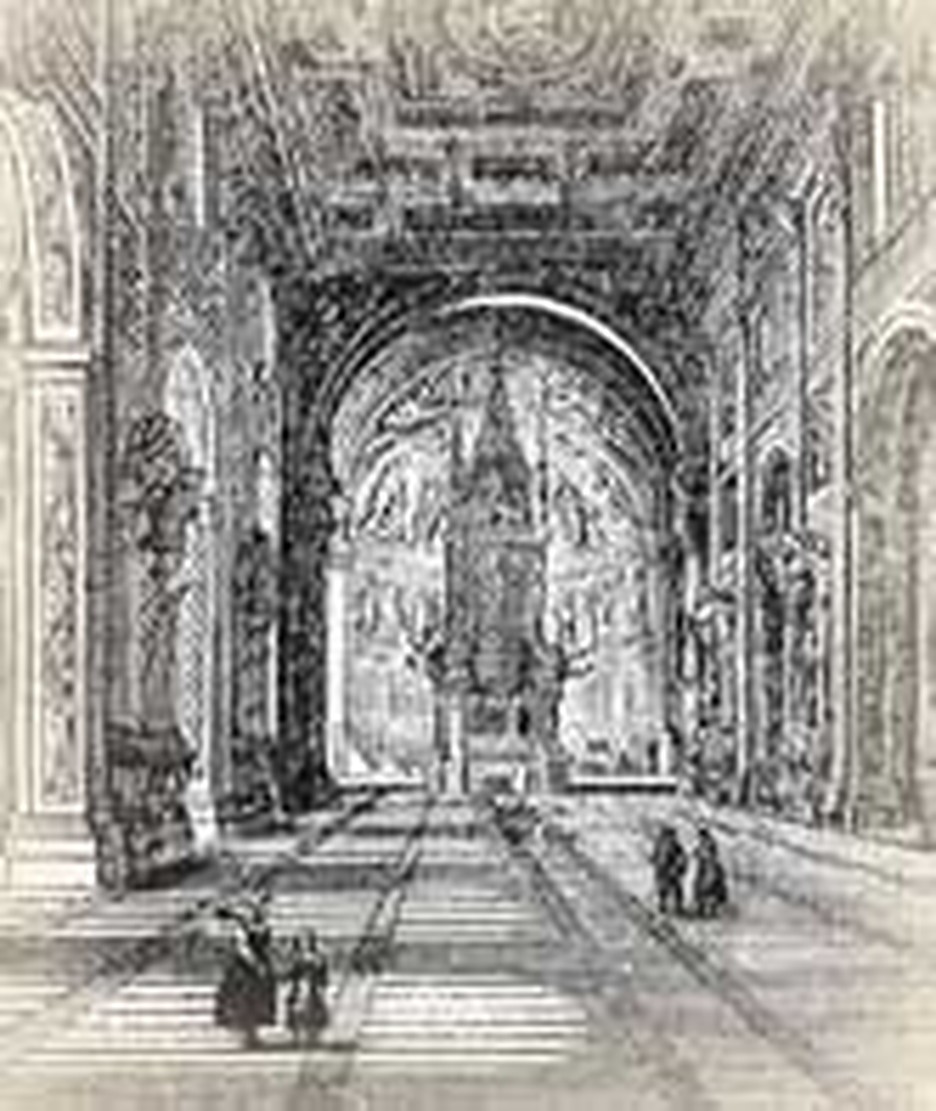
Elections without rules can be confusing. This was true of papal elections, too. Unscrupulous men took advantage of the loopholes in the system to try to grab power.
Popes had a lot of authority. For some men power was an insatiable itch. The thought of being at the head of the entire Christian church was irrisistible. They would try to grab it any way they could. Rival claims threatened to destroy the unity of the church.
When Alexander III came to the pontificate in 1178, he faced such a rival. John de Struma called himself Calistus III. Calistus III holed up at Viterbo when he was besieged by Christian of Mainz. Eventually Calistus made submission and Alexander, receiving him graciously, made him governor of Beneventum.
From his own sharp experience, Alexander saw that better rules for the elections of popes were needed. And so, in time-honored fashion, he called a council. This was the eleventh ecumenical council (by Roman Catholic count) and took place at the church of St. John Lateran III in Rome. Consequently it is called Lateran III to distinguish it from four other councils held there. The council opened its first session on March 5, 1179.
The pope presided over the meeting, elevated on a throne. Cardinals, prefects, and senators and consuls of Rome surrounded him. Three hundred and two bishops attended. One was from as far away as Iceland and we get a picture of the hardship of that remote diocese when we read that he had no other revenue than the milk of three cows. In all, there were nearly one thousand members present at the council.
Papal elections were by no means the only issues considered. In fact, the council passed 27 canons (regulations). These ranged over a wide range of issues. Minimum ages were set for holders of episcopal offices. Measures were enacted against the Waldensians and Albigensians who were defined as heretics. Churchmen were told they could no longer exact payment for marriages, burials, benedictions or other sacramental acts.
Every cathedral church was instructed to provide a school for poor clerics. Tournaments were forbidden. Leper asylums were regulated. It was made illegal to furnish the Saracens with material for the construction of the galleys with which they harassed the Mediterranean. Monks were told to cut back on visits by women to their houses, and to visit nunneries as seldom as possible. One supposes there must have been some raised eyebrows. The retinue of cardinals and bishops was reduced. Their large traveling companies beggared monasteries and localities where they stayed.
The most important order of business, however, was the first canon. This set the rules for future papal elections. The council decided that the cardinals of the church alone would have the right to elect the pope and his election would require two-thirds of their votes. If any candidate, receiving only one-third of the votes, should try to name himself pope, he and his followers would be excluded from the ecclesiastical order and excommunicated.







